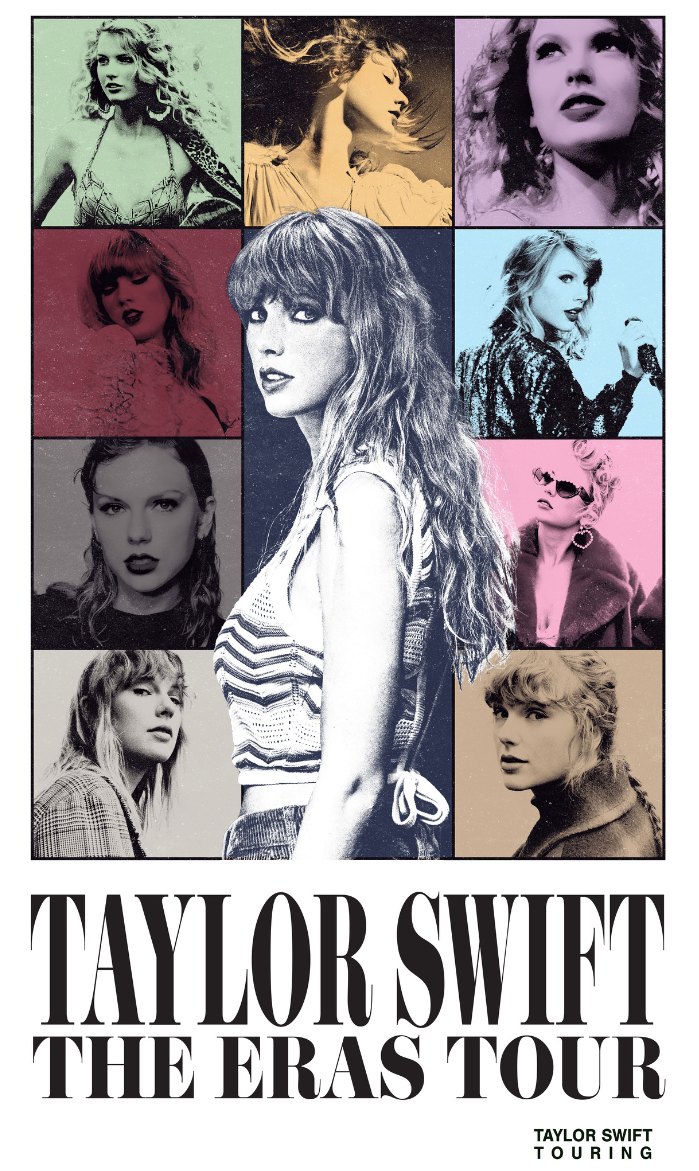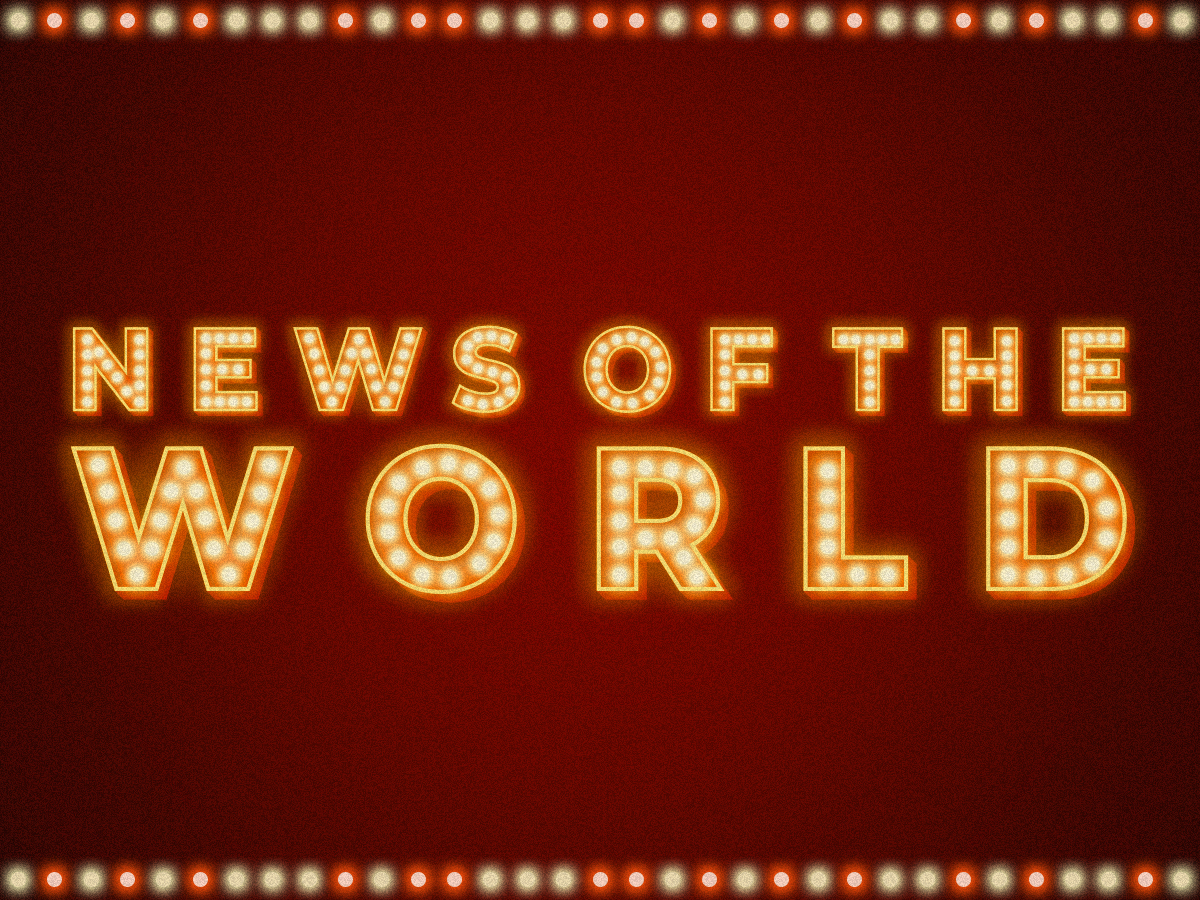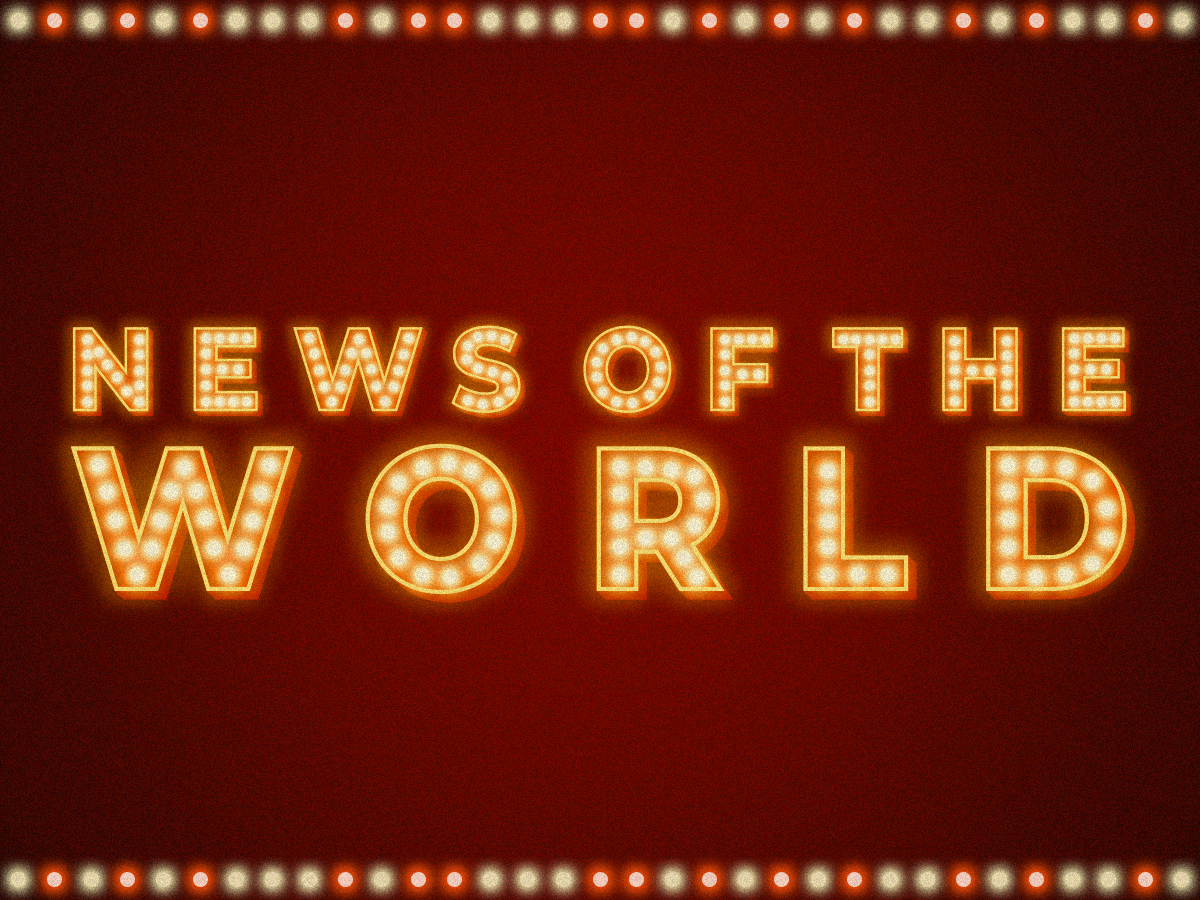
Taylor Swift is currently on her Eras Tour. As the name suggests, her shows draw from the 10 albums, or eras, she’s gone through over the past 17 years since her first release in 2006. The tour kicked off earlier this year in March, and by the end of 2023 she will have performed in the US 53 times plus 13 times in Latin America. Taylor has 64 shows lined up for next spring and summer in Asia and Europe, then returns to North America that fall for an additional 15 performances before the tour comes to a close.
Taylor performed her 53rd and final US show for 2023 on August 9. That same day, she announced the release date for 1989 (Taylor’s Version), a rerecorded version of her 2014 hit album, out of the blue. It’s the fourth album she’s given the rerecording treatment to so far, following Fearless, Red, and Speak Now, and it’s set to come out on October 27. Preorders began on her website immediately.
The album doesn’t come out for another two months but expectations are already mounting as shown with the streaming numbers for the original version of 1989, which soared after the announcement. By August 10, most of the tracks off the album were charting on Spotify’s Daily Top Songs list in the US. “Blank Space,” the biggest hit the album spawned, even re-entered the Billboard Hot 100 dated August 19 at number 49. It’s the first time it’s been back on the chart since it spent 36 weeks there back in 2014 and 2015, including seven weeks at number one. Seeing as the chart for the week is based on data collected from the 4th through the 10th, that means this feat was accomplished in a single day after the announcement for the rerecording was made. And as impressive as that is, the Global 200 is even more so: “Blank Space,” “Style,” and “Shake It Off” all reached higher on the chart than ever before, at numbers 40, 49, and 83 respectively. There’s no doubt “Style” will show up on the Hot 100 again when the chart is refreshed on the 26th.
What about preorders? It’s reported that 1989 (Taylor’s Version) received 410,000 preorders on the first day. Compare that to Midnights and Speak Now (Taylor’s Version), which received 115,000 and 120,000 in turn. There were four special-edition CDs only meant to be available for order for the first 89 hours, but they all sold out within a day. These special editions made up more than half of all preorders, but even orders for the regular version were astronomical. There were 130,000 preorders made for the vinyl alone on the day of the announcement. After one week, the total number of preorders for all these formats sat at 440,000 copies. For comparison, Midnights had 200,000 preorders in its first week and hit 410,000 copies after two months. The reaction to the 1989 rerecording has been huge, even if it’s largely fans who tend to preorder a typical album. And that’s not all: On August 18, a special edition of the vinyl featuring the same cover as one of the special-edition CDs was available for order for just 48 hours, and it’s estimated that preorders for all versions of the rerecorded album hit a total of around 600,000 by the end of the weekend. And that’s to say nothing of digital copies. All these preorders will be counted as copies sold on October 27, when the album is released; it’s anticipated that 1989 (Taylor’s Version) will have sold more than a million copies by a week after it comes out.
There’s been no official word on ticket sales for the Eras Tour yet. CNN recently published an article estimating ticket sales of around $2.2 billion for the 68 concerts in North America alone. To put that into perspective, Elton John’s farewell tour, the highest grossing in history, made $880 million. Harry Styles recently wrapped up his tour, which made $420 million. The heated competition for tickets had Ticketmaster facing lawsuits and congressional hearings before 2022 was even out. On the resale market, tickets that originally went for anywhere from $50 to $899 were regularly being resold for prices in excess of $1,600. A survey showed ticket holders then spend, on average, over $600 more on things like clothes, merchandise, and food. Those who couldn’t score tickets even show up to the parking lots outside Taylor’s concerts to listen to the music together that way. It’s figures like these that have analysts predicting the North American leg of the tour will ultimately move some $5 billion, all things considered.
The reason I’m throwing around so many big numbers is just to emphasize that they’re all driven by a single person: Taylor Swift. The New York Times put it this way: “Swift’s catalog of generation-defining hits and canny marketing sense have helped her achieve a level of white-hot demand and media saturation not seen since the 1980s heyday of Michael Jackson and Madonna—a dominance that the entertainment business had largely accepted as impossible to replicate in the fragmented 21st century.”
-
 ©️ taylorswift.com
©️ taylorswift.com
Taylor Swift has always been a superstar. Of the seven albums she put out prior to the pandemic, all but her debut went to number one. She also bagged five number-one songs on the Hot 100 over the same stretch of time. Up until that point, Taylor had already won 10 Grammys, including Album of the Year twice. But in the time between when she crossed over from country to pop with 1989, climbed to dizzying heights of stardom, and put out reputation, she was surrounded in controversy. From many people disapproving of her social circle, or “squad,” of models, actors, and singers, to the who-said-what about a line in Kanye West’s song “Famous,” to the claim that she intentionally avoids making any political statements, the Taylor of this time was pretty far removed from the America’s sweetheart country singer she used to be. But it’s not as though any of this seriously hurt her commercial appeal; reputation was still a success story, and the supporting tour made some $300 million in ticket sales. But when sales of Lover fell short of a million for its first week, and the single “Me!” only reached number two on the Hot 100—still decent, but not what was expected—many thought they were witnessing the first cracks in her success.
But the tides began to change not even a year after Lover came out. In 2020, Taylor released both folklore and evermore. Taylor recorded the albums in her home studio during the COVID-19 lockdown period, collaborating remotely with Aaron Dessner and Jack Antonoff, who served as both songwriters and producers. She did a complete 180 from her previous strategies for releasing mega pop albums by announcing both of her 2020 albums just a day before each was released. The idea of releasing a home recording, and the concept of suddenly dropping an album, were both typical approaches back then, but whereas Billie Eilish recorded at home but doesn’t spring her music suddenly on the public, and Beyoncé caught people by surprise with her music but it had production studio level quality, Taylor released her two albums at the peak of the pandemic—both recorded at home, and both surprise releases—challenging the way people thought about her. Taylor had already shifted styles once, from country to pop, and the transition to alternative and indie folk music was about more than just expanding into different genres: It served to have people focus on the fact that she’s a songwriter. Both albums received critical acclaim and broke the kinds of records on the chart people had grown accustomed to seeing her pull off.
The rerecording project that Taylor began in 2021 started off as a way to reclaim the rights to her masters, but has also rekindled—and will sustain—interest in, and sales of, the artist’s catalog as a whole. The runaway success of 2022’s Midnights can be attributed to folklore, evermore, and the rerecordings of Fearless and Red, Taylor’s two most quintessential albums, had just recently been released, rallying her fans behind her. And here’s where her post-pandemic Eras Tour comes in. It’s a celebration of the many eras that make up this one person: the country singer crooning alone while playing her guitar and piano; the energetic pop star; the performer who challenges audiences with snake imagery; the folk singer in the middle of a forest. They’re neither simple costume changes nor different for the sake of being different. Taylor is mature enough now to call the past 17 years what they were: not an endless stream of development and growth but a winding road where she was doing her best at every stop along the way.
In that way, Taylor’s influence is like a castle built of all the different pieces that make who she is as an artist, stacked together and building each other up. What that all means goes beyond the basics of good music and a solid fanbase—it’s her ability as one of the first Internet and social media natives to connect with her fans and to hold onto that solidarity with them, and her marketing instincts based on her belief that new music should fit in with emerging and relevant platforms. These are the bricks she used to build her castle—a level of influence that was once unthinkable. The Eras Tour is the capstone of her career to date, and the more concerts she puts on, the greater her influence becomes. The immense outpouring for 1989 (Taylor’s Version) is just one part of that.
Here’s a snapshot of the Billboard 200 from August 19: number four, Speak Now (Taylor’s Version); number five, Midnights; number six, Lover; number nine, folklore; number 13, 1989; number 15, reputation; number 18, Red (Taylor’s Version); number 24, evermore; number 31, Fearless (Taylor’s Version); number 114, Taylor Swift; number 181, Speak Now. All 10 of her albums are there, with four of them in the top 10—an all-time record. If 1989 had snuck into the top 10 as well, she’d have been the first living artist to ever have five simultaneous top-10 albums. By the time the Eras Tour ends next fall, there will only be one way to define the first half of the 2020s: Taylor Swift—or, if not the artist herself, then another Taylor’s Version of some kind.
Unauthorized reproduction and distribution prohibited.
- [NoW] Taylor Swift’s rerecording2021.03.05

- [NoW] Taylor Swift’s Ten-Minute Song2021.12.10

- The era of Taylor Swift2022.12.05